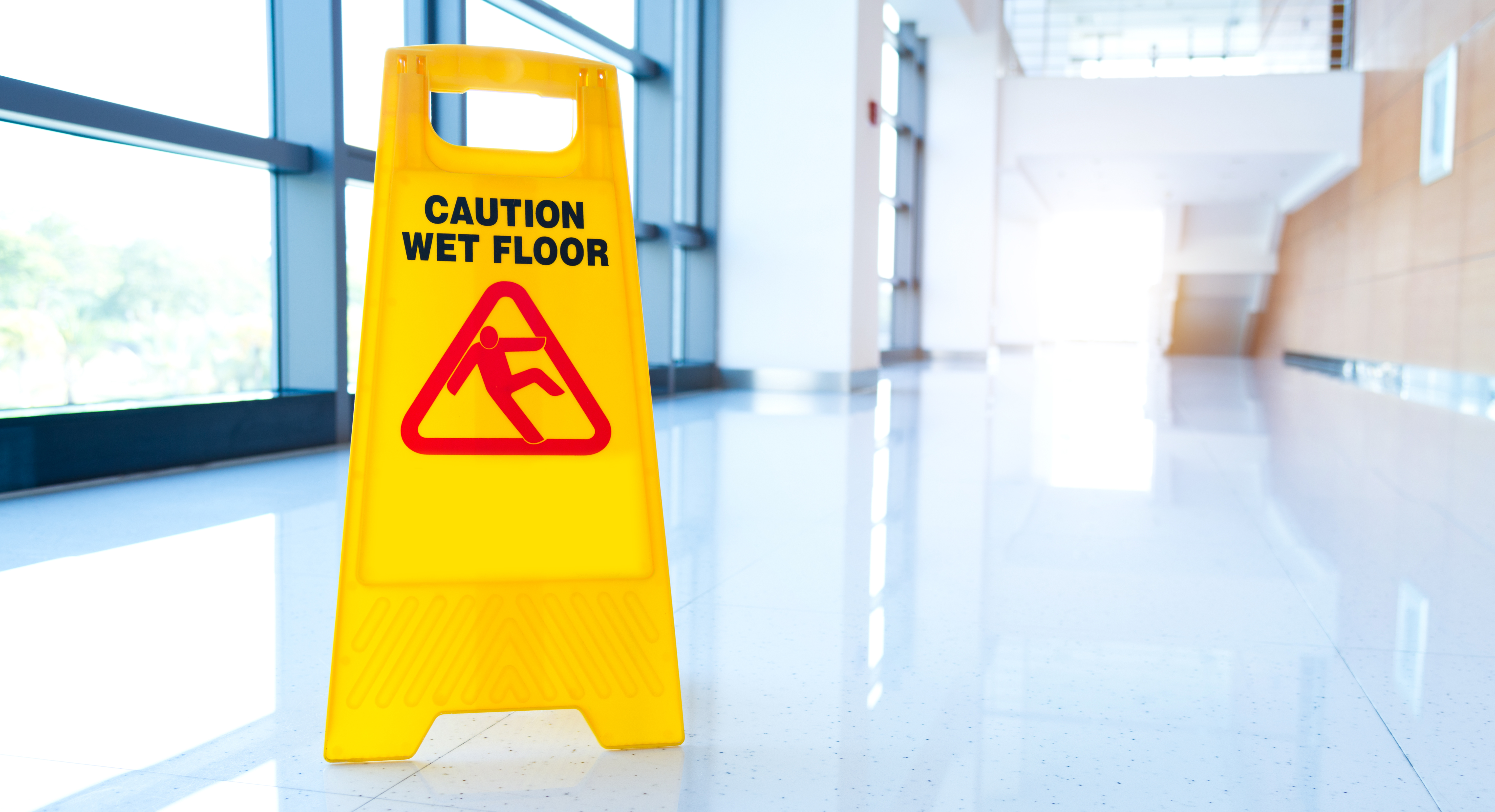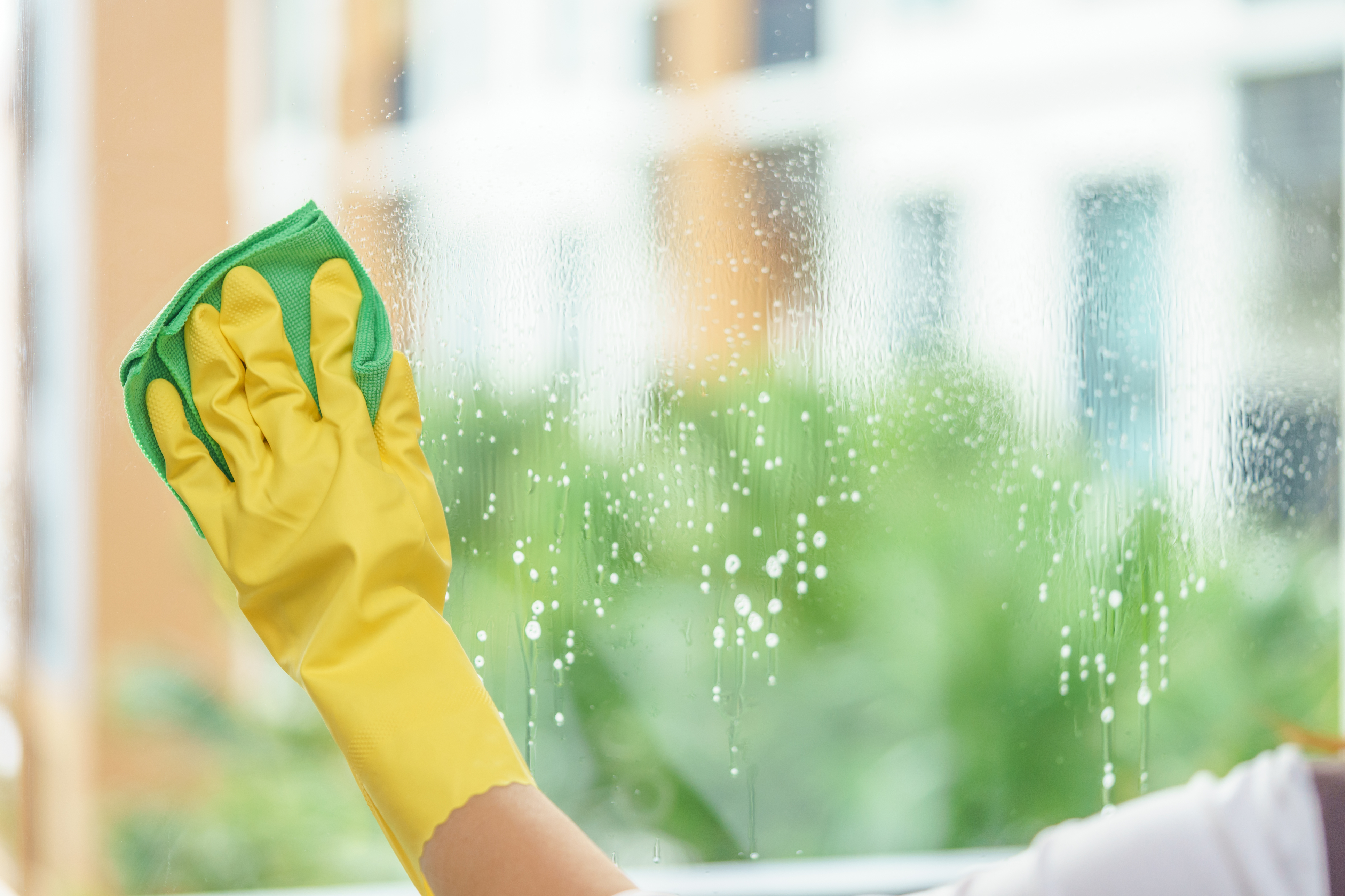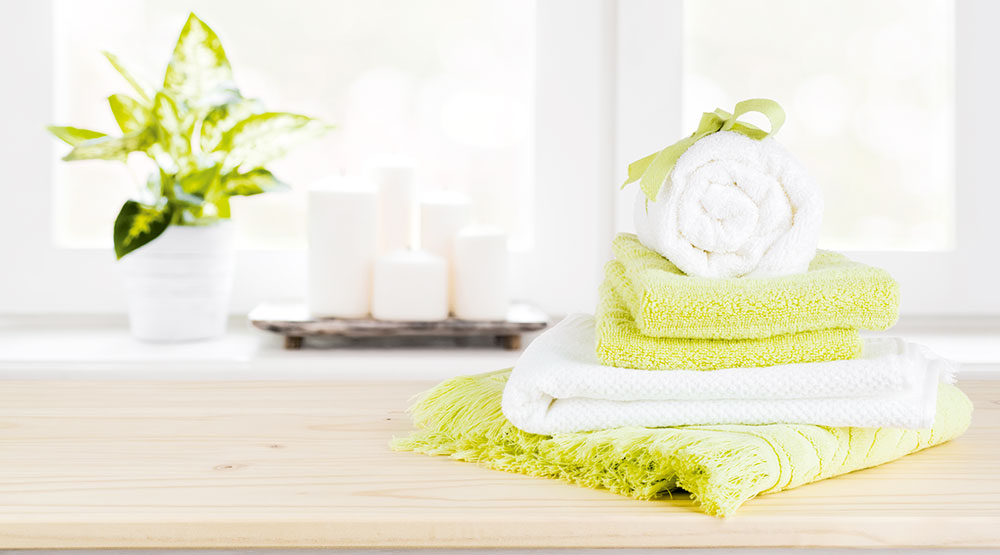
With the overarching theme of this edition ‘future trends’ this caused me to think about the future of safety in the cleaning industry.
A total of 64.9 per cent of all serious musculoskeletal disorders (MSDs) result from manual handling and the larger percentage of these serious MSD relate to the lower back.
Manual handling has always been an issue in the cleaning industry, where for the most part cleaners are using the same fundamental manual movements to clean today as they were 50 years ago.
Good examples are sweeping, mopping, and toilet cleaning – manual handling is a long-term hazard in the cleaning industry.
What has emerged over the past 50 years, however, are risk management systems aimed at identifying assessing and controlling manual handling hazards.
We have seen equipment innovations such as better lifting equipment, including bin lifters and lighter vacuums, but manual handling is still involved.
I foresee the future as one where research shall continue to develop more effective systems and autonomous technologies may become involved with certain cleaning activities, such as robotic vacuums and window cleaners.
These innovations should work towards taking the human body away from the manual cleaning process.
Many years ago I managed safety within a dairy processing plant where the majority of injuries were manual handling in nature. It was identified that most of the injuries were musculoskeletal related and originating from one part of the plant – the distribution section.
In the distribution section square milk crates holding nine two-litre milk bottles would arrive stacked five high on a moving ground level conveyer belt.
The dock hands would then connect their hand trolleys to the stack and wheel the crates off the dock and into a delivery truck. This activity was highly repetitious in order to keep up with the speed of the conveyer and the time at which deliveries needed to be made.
A decision was made to have engineers examine the distribution area dock and strengthen it, so it could take more weight. A forklift attachment was developed that could grapple three stacks of five full milk crates at a time.
This allowed one person driving one forklift to load the trucks more productively and safely by taking manual handling and those doing the handling out of the process and into other more lower risk roles within the plant.
I believe robots in the cleaning industry may one day reduce manual handling to some degree in areas such as window cleaning and carpet cleaning.
About six months ago I was discussing the use of drones to clean high windows with one of our senior managers, noting pressure application to a window and privacy as two potential issues of deploying such technology.
After some online research I found a company that currently sells drones to clean windows – which of course takes humans away from manual handling and falls risk. The company claims the cleaning quality is brilliant, has aviation like safety features and is cost effective.
There are also other companies advertising similar technologies such as controlling window cleaning robots down the side of buildings from the rooftop.
One particular website reviews robotic window cleaners and covers issues such as battery life, suction and connectivity, and remote controls.
My prediction is that as the technology advances and takes hold, high windows will be cleaned autonomously, reducing current day manual handling and fall hazards in addition to reducing costs.
In my 17 years in the cleaning industry there has always been a strong interest in maximising productivity through human performance and it is likely that 50 years ago this would have been similar.
Much of the advertising in the area of robotic vacuuming seems to point in the direction of home-based vacuums.
While I am confident, they would have good use in the workplace my main concern is they would likely get “knocked off” therefore security would be very important.
With robot vacuuming in a building timing would be important to avoid trip hazards, possibly resulting in the robot being used afterhours instead o during the day.
Robots would likely gain good access to hard to reach spots such as under tables and chairs. For me the obvious issues would be their security, charge times, small objects getting stuck in the vacuum and/or the vacuum getting stuck on a snag and of course the vacuums dust holding capacity.
I would however assume that some manual spot vacuuming would be required in areas the robot could not get to or wasn’t programmed. My prediction is that as the technology advances and takes hold, many floors will be vacuumed by robots reducing current day manual handling involved with vacuuming.
While the future of cleaning may become more automated it is important to note that robots in many situations will require human operators to safely work them and service them.
In future, as technology advances then wider use will scale up production and the cost of robotic units will reduce. The largest cost reduction will be the reduction in human involvement and less manual handling related injuries.
I must note at this point that it is important that any move to robotic cleaning should be fully discussed among management where I advise a trial be completed prior to any full commitment.
In the meantime, research into safety systems is very extensive and existing safety systems must be fully explored and utilised.
From a manual handling perspective such strategies may include competency-based training of cleaners with a focus upon correct lifting techniques, use of equipment, warm up techniques, fatigue and of course strategies to ensure the right cleaner is employed for the respective role.
Overall, it is best to align with a recognised safety standard and become certified to it via demonstrated compliance to its recommendations.
Denis Boulais is national safety manager of Broadlex Services
Comment below to have your say on this story.
If you have a news story or tip-off, get in touch at info@3.106.117.80.
Sign up to INCLEAN’s newsletter.





